Explore the Best AI Image Gallery

Painted Pixels: Exploring the Impact of AI-Generated Images on Art
The art world is abuzz with a new kind of creativity – one born from algorithms and fueled by data. AI-generated images, created by complex neural networks trained on vast datasets of existing artwork, are rapidly blurring the lines between human and machine creation, sparking debate and igniting imaginations.
A Canvas of Infinite Possibilities
Imagine a world where artists can conjure landscapes with a few keystrokes, design intricate patterns with a click, or even bring their wildest dreams to life as digital masterpieces. This is the promise of AI-generated images, offering a powerful tool for artistic expression and exploration.
The applications are vast and varied:
- Concept Art and Design: AI can help artists rapidly generate ideas and explore different visual concepts for films, games, or product design.
- Personalized Artwork: Imagine receiving a unique piece of art tailored to your preferences – AI could create custom portraits, landscapes, or abstract designs based on your input.
- Accessibility in Art: Individuals with limited artistic skills can use AI tools to express themselves creatively, breaking down barriers to entry in the art world.
- Interactive and Immersive Experiences: AI-generated imagery can enhance virtual reality (VR) and augmented reality (AR) experiences, creating dynamic and responsive environments.
Navigating the Ethical Landscape
While the potential of AI-generated images is undeniable, it also raises significant ethical considerations that require careful attention:
- Copyright and Ownership: Who owns the copyright to AI-generated artwork? Is it the creator of the algorithm, the user who provided input, or the AI itself?
- Bias and Representation: AI models are trained on existing data, which can perpetuate societal biases and stereotypes. It’s crucial to ensure that AI-generated imagery reflects diverse perspectives and avoids harmful representations.
- Authenticity and Deception: The ability to create highly realistic images raises concerns about the potential for misuse, such as generating fake news or deepfakes.
- Impact on Artists and Creative Industries: Will AI-generated images replace human artists? How will this technology impact the livelihoods of creatives?
The Future of Art in a Digital Age
AI-generated images are undoubtedly changing the landscape of art, but their ultimate impact remains to be seen. It is essential to have open and honest conversations about the ethical challenges and opportunities presented by this technology. Ultimately, AI should be viewed as a tool that can augment human creativity, not replace it.
The future of art likely lies in a collaboration between humans and machines, where AI algorithms enhance our creative capabilities and push the boundaries of artistic expression even further.
As we navigate this uncharted territory, let us embrace the potential of AI-generated images while remaining mindful of their ethical implications. The canvas is vast, the possibilities are endless, and the future of art is being painted, pixel by pixel.

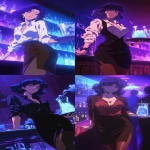

](https://images.ai-img.art/thumbnails/150/2ebdeb4f7db35100e5be5de9bc3e533a40d14e5feedefd7ffc586524a0f3ba8c.webp)
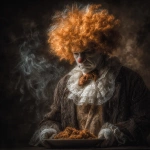
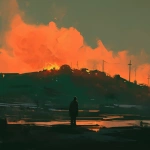
](https://images.ai-img.art/thumbnails/150/847809c77ca9a73b68bc190e6efb06fec87157685a243730d5a66a403b0e6e10.webp)



](https://images.ai-img.art/thumbnails/150/ff09e32d2be011c0dd785984c5c1e47839ce551a31da1bde242860b30df2aa30.webp)
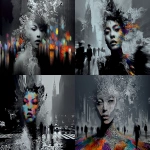





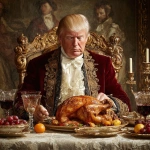





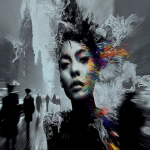

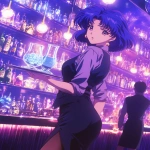

](https://images.ai-img.art/thumbnails/150/0ba0be922ab76af53f75ab90126ae2b18a600ee3b96941e8ab897a9f10594e5a.webp)
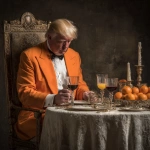

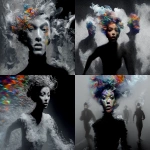
](https://images.ai-img.art/thumbnails/150/685ae68cfab93a7e59a71206867b060c45bd6fd3cd561c4fe60fca514b09c5f8.webp)
](https://images.ai-img.art/thumbnails/150/bd056a4718c27444e064198762f8dc8ffa1f74f1afd7dcda8d5cb8b142797d6e.webp)
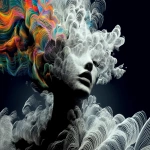
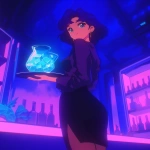

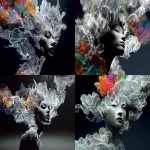

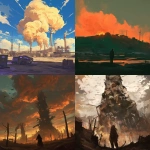


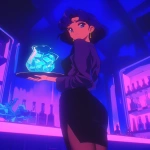
](https://images.ai-img.art/thumbnails/150/7cf5a08238f29c821f52bb4f63db48af0b7f633ff3b9f7253074d78ced9ff6f6.webp)


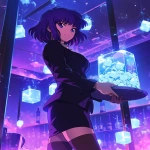
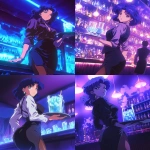


](https://images.ai-img.art/thumbnails/150/a3ed6513a6661aa3ee46e0c2924d1e8888854e91d8908de39db5590dc41f8d8f.webp)